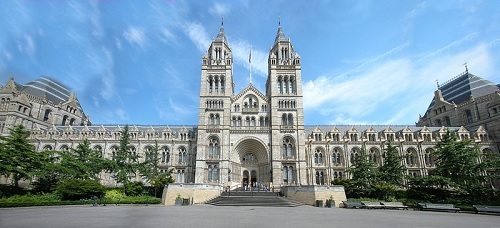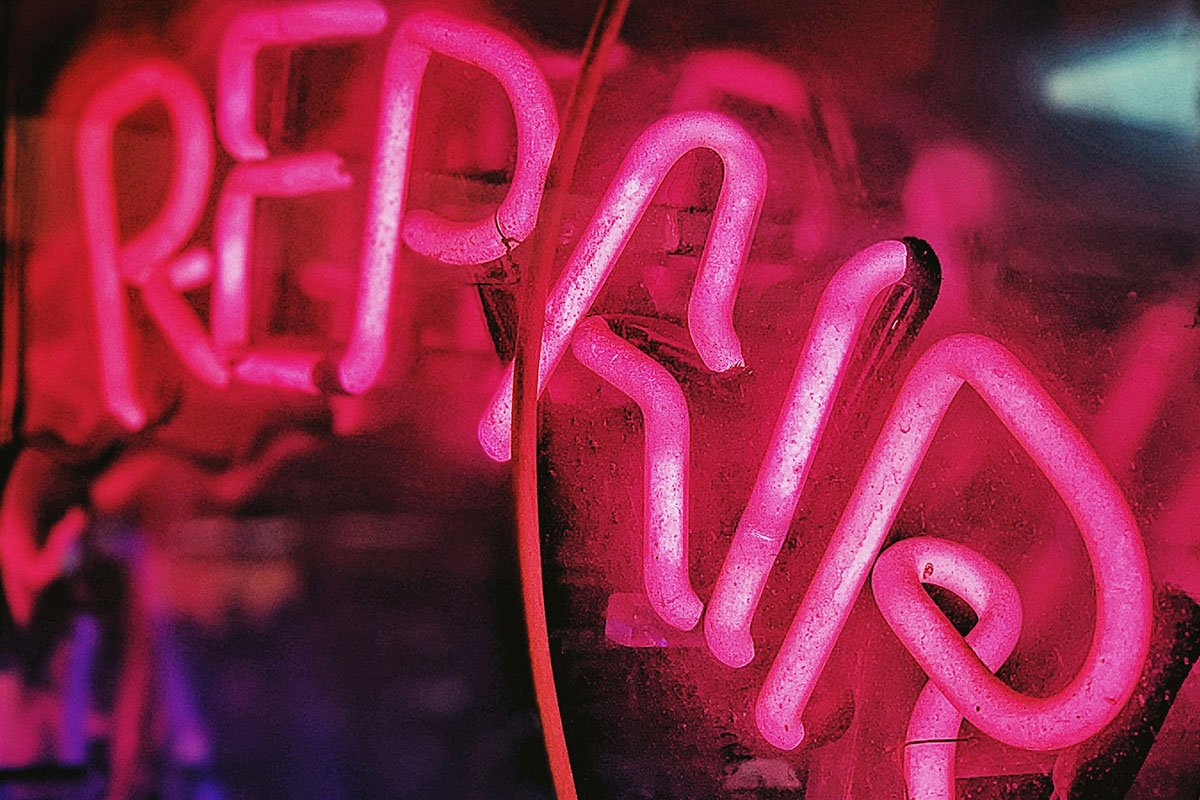
August 12, 2013; Guardian
NPQ has written a lot over the years about donors whose reputations could potentially taint a beneficiary. Sometimes there is a kind of excruciating irony to the pairings of charity and corporation as the business attempts to directly counter its image.
The Natural History Museum in London is currently premiering Sebastião Salgado’s Genesis. “These photographs document environments that have great scientific importance as well as aesthetic appeal,” says museum director Dr Michael Dixon. “They show the inspiring diversity of our planet, a natural wealth for which we are all responsible.”
Sign up for our free newsletters
Subscribe to NPQ's newsletters to have our top stories delivered directly to your inbox.
By signing up, you agree to our privacy policy and terms of use, and to receive messages from NPQ and our partners.
But the sponsor who made the whole thing possible is Vale, a Braziliian mining company who had been called out in 2012 by The Public Eye, an annual competition held by Greenpeace and the Berne Declaration, as the corporation having the greatest “contempt for the environment and human rights” in the world. Vale called the charge “serious” and “unsubstantiated” but the allegations are as follows
Vale is the second-largest corporation in Brazil, the second-largest mining corporation worldwide, and the largest global producer of iron ore. The corporation’s 60-year history is tarnished by repeated human rights abuses, inhumane working conditions and the ruthless exploitation of nature. Vale is currently taking part in the con-struction of the Belo Monte Dam in the Amazon. The dam is likely to result in the forced relocation of 40,000 people, who have neither a voice in the matter nor will they likely receive compensation.
In viewing the video you may get a real sense of the horrible clash between the sponsor and the images which are of ancient and unspoiled places. In a post on his blog, Disphotic, Lewis Bush writes:
“Hans Haacke, whose art and writing have long critiqued the relationship between cultural institutions and large corporations, argues that sponsorship is rarely about altruism and always about exchange. It is ‘an exchange of capital: financial capital on the part of the sponsors and symbolic capital on the part of the sponsored.’ According to Haacke, symbolic capital represents or results in public good will, corporate recognition, and a favorable political atmosphere for the activities of the sponsor. He also notes that the tax deductible nature of cultural donations means that paying museum visitors are often in effect subsidizing tax breaks for the corporations who donate.”
In this case, the artist and museum knew what they were choosing, but in other cases, the donor becomes tainted after the gift has been given and the naming right to the building have been handed over. For more about this issue, see NPQ’s article, “When a Donor Becomes Tainted.” It covers a number of different sets of issues related to this problem in a useful and instructive way.—Ruth McCambridge











